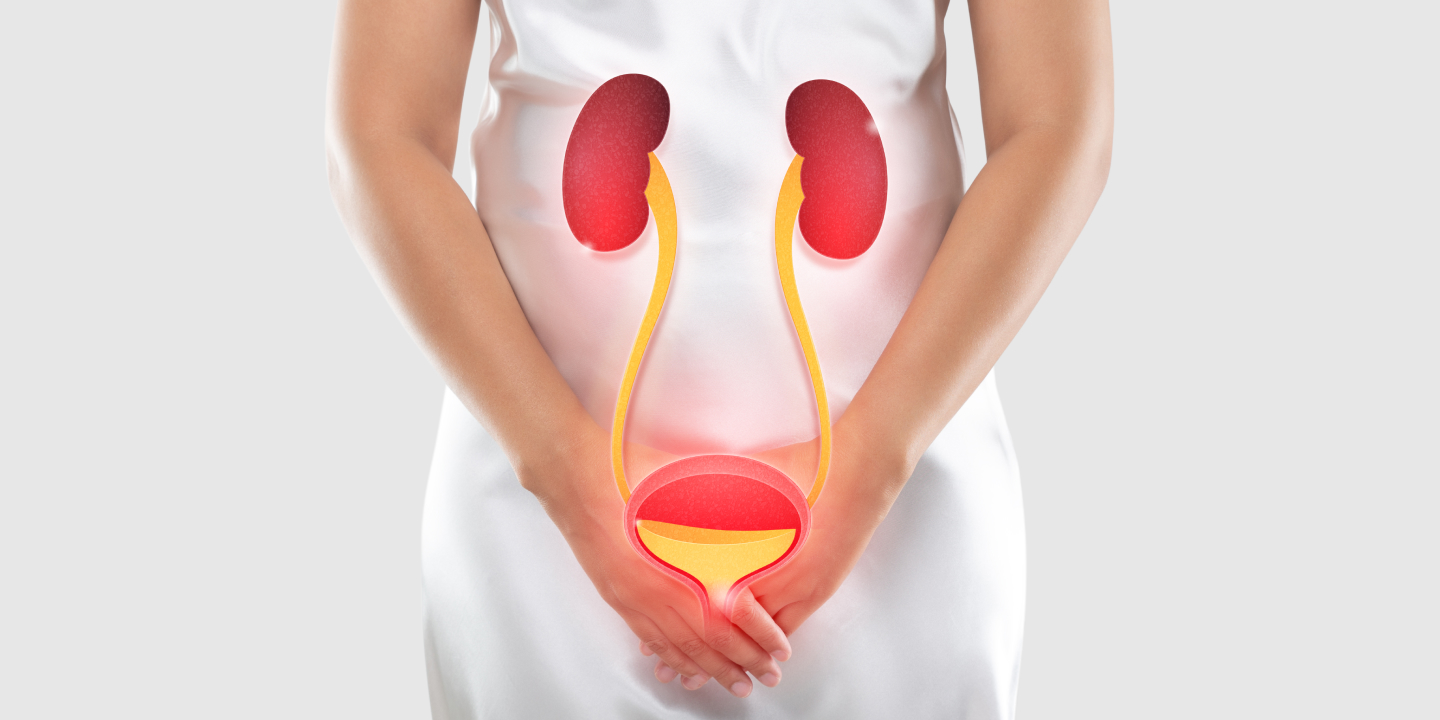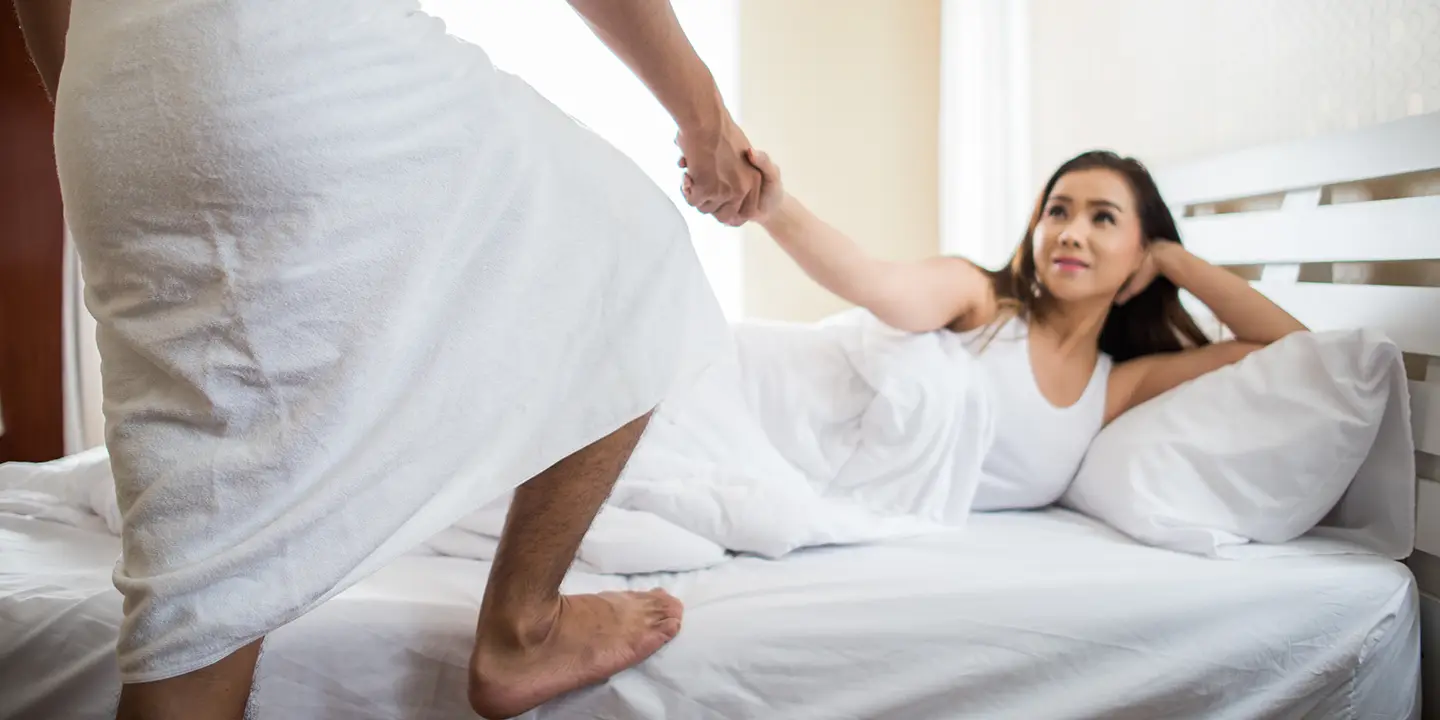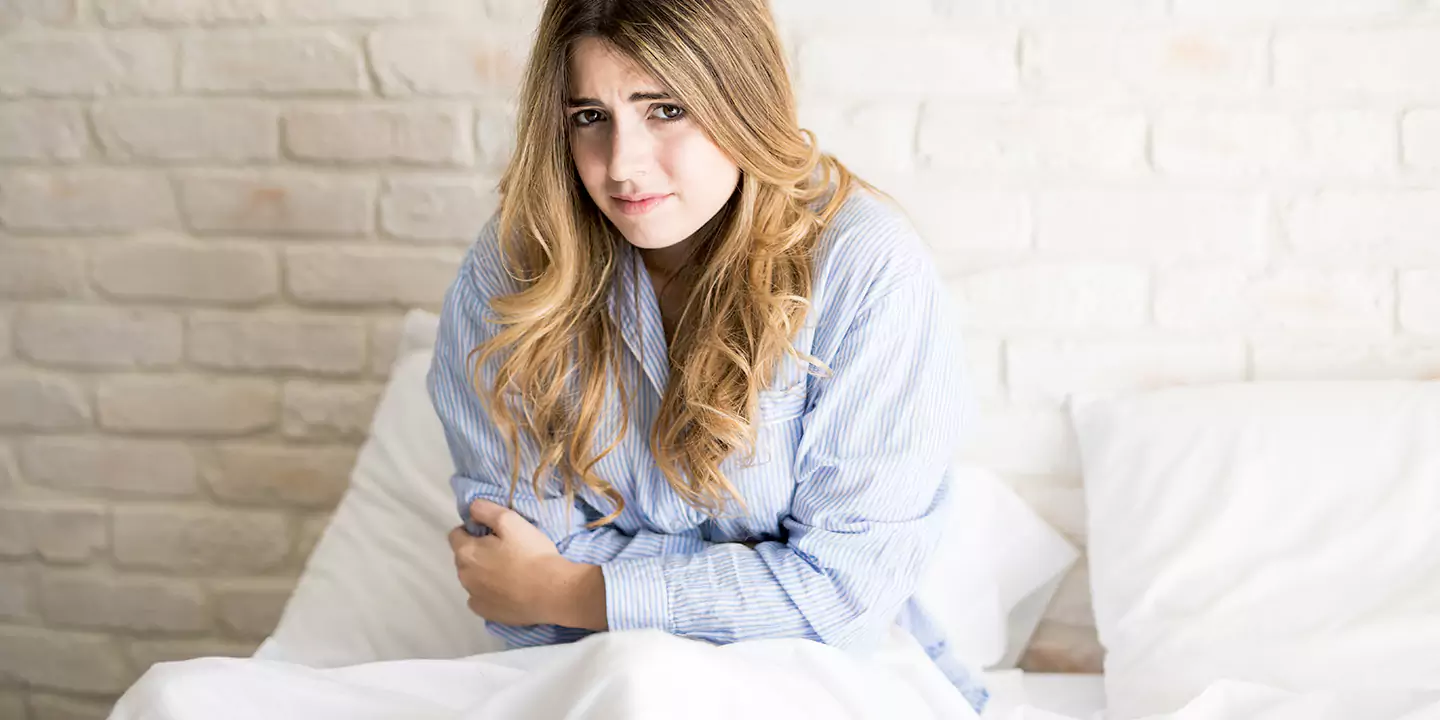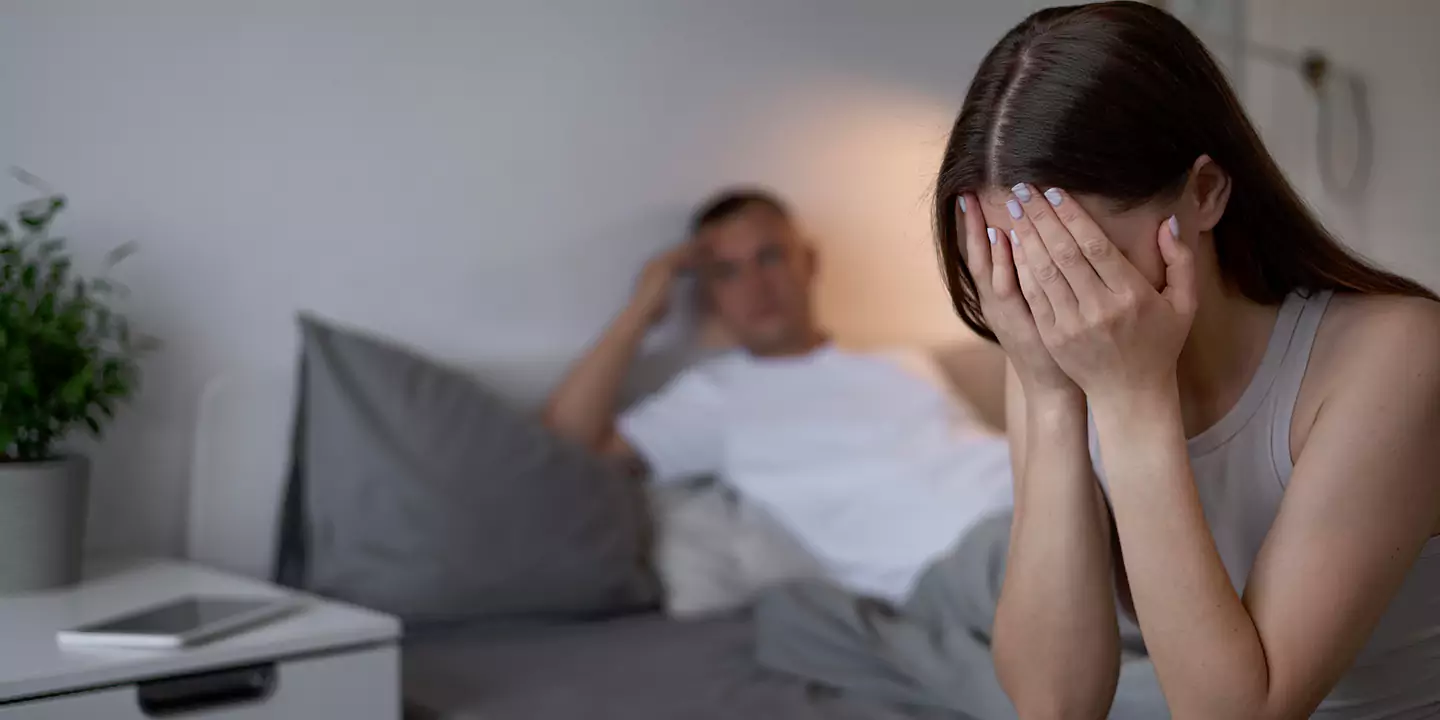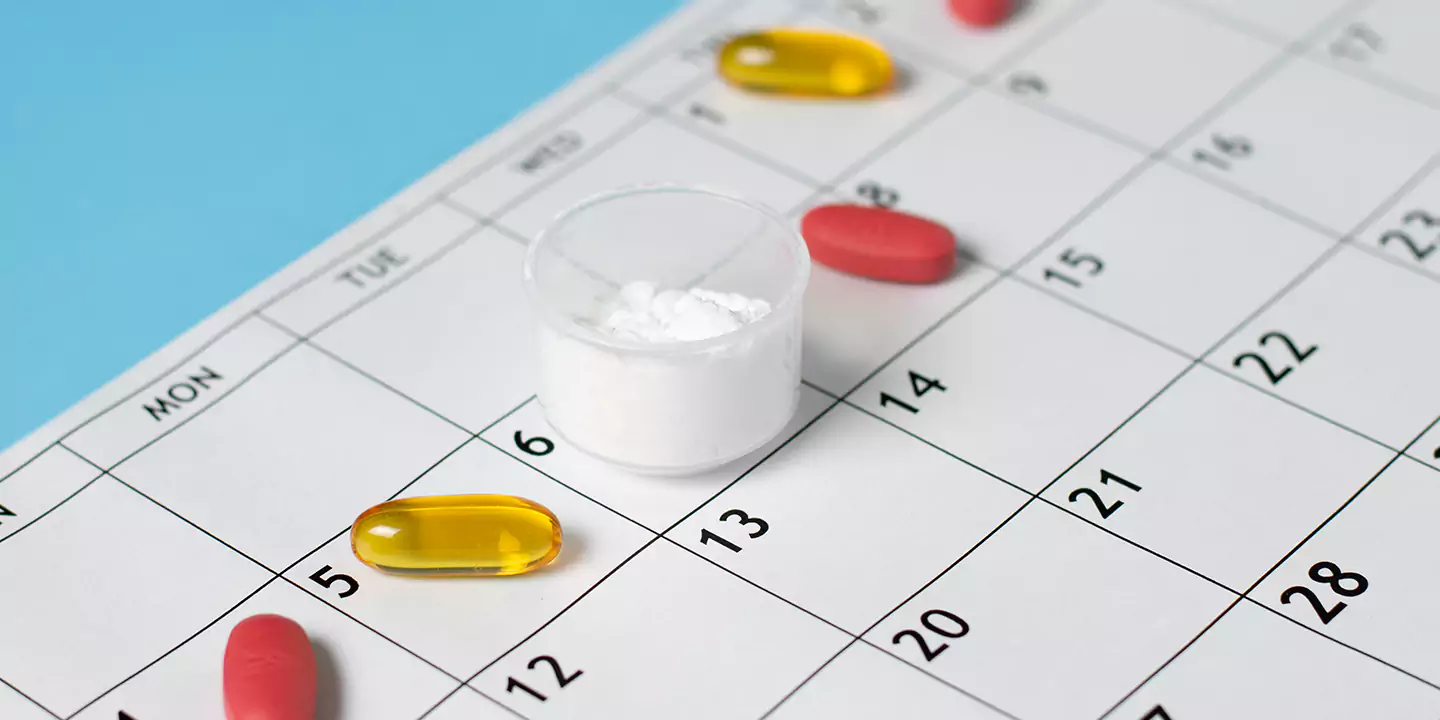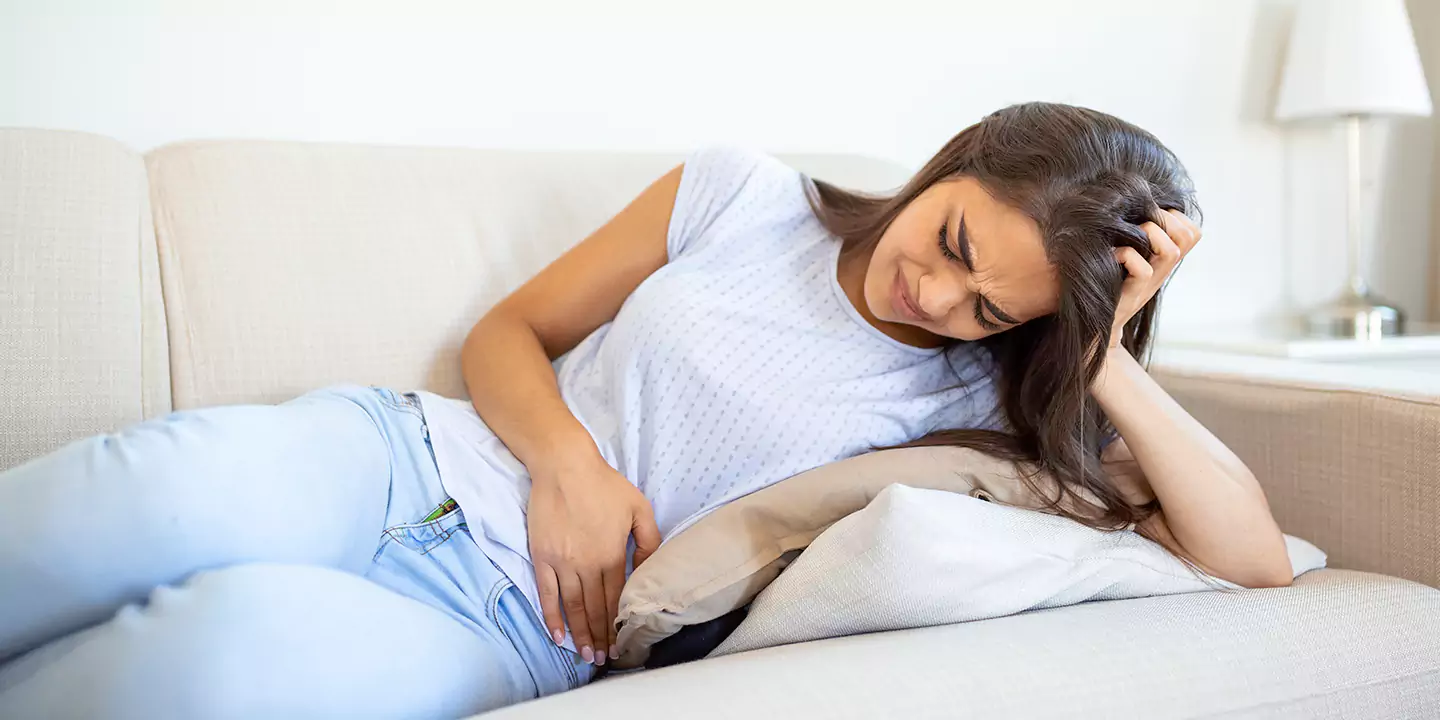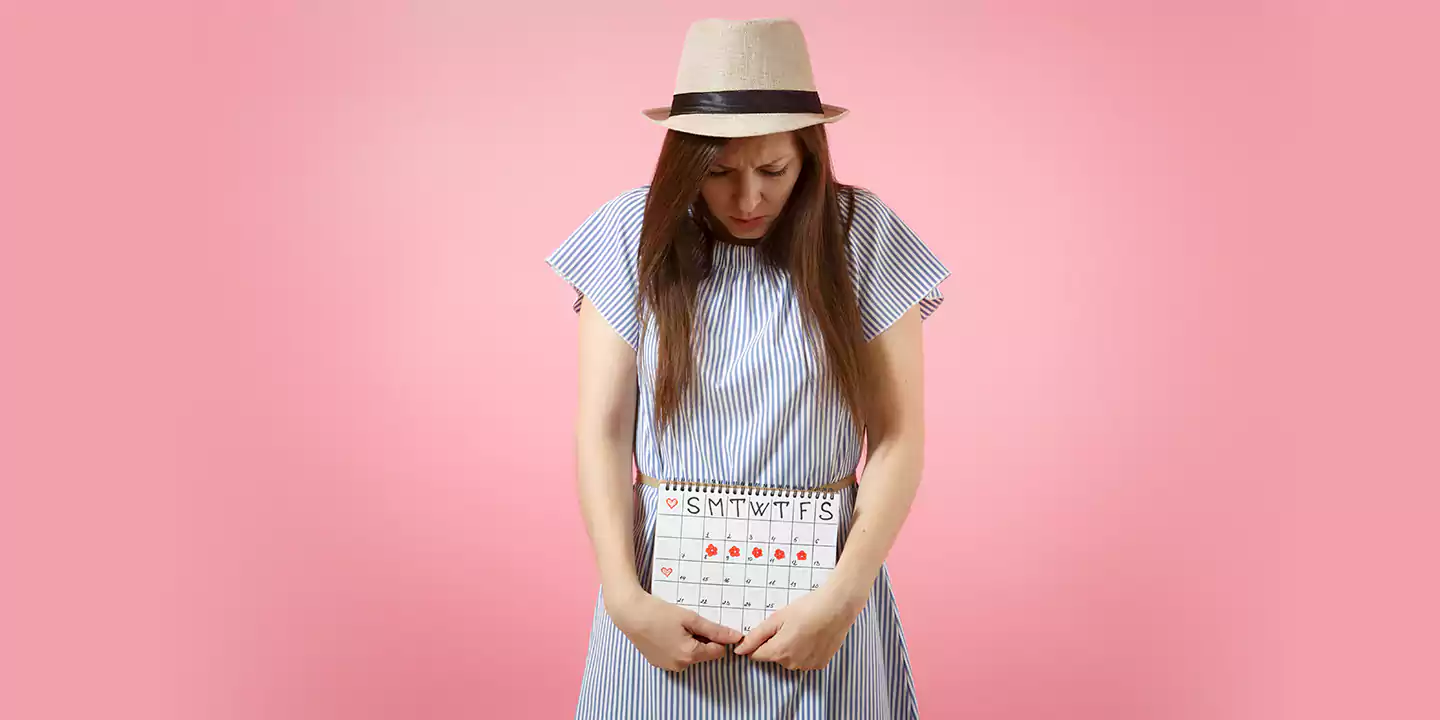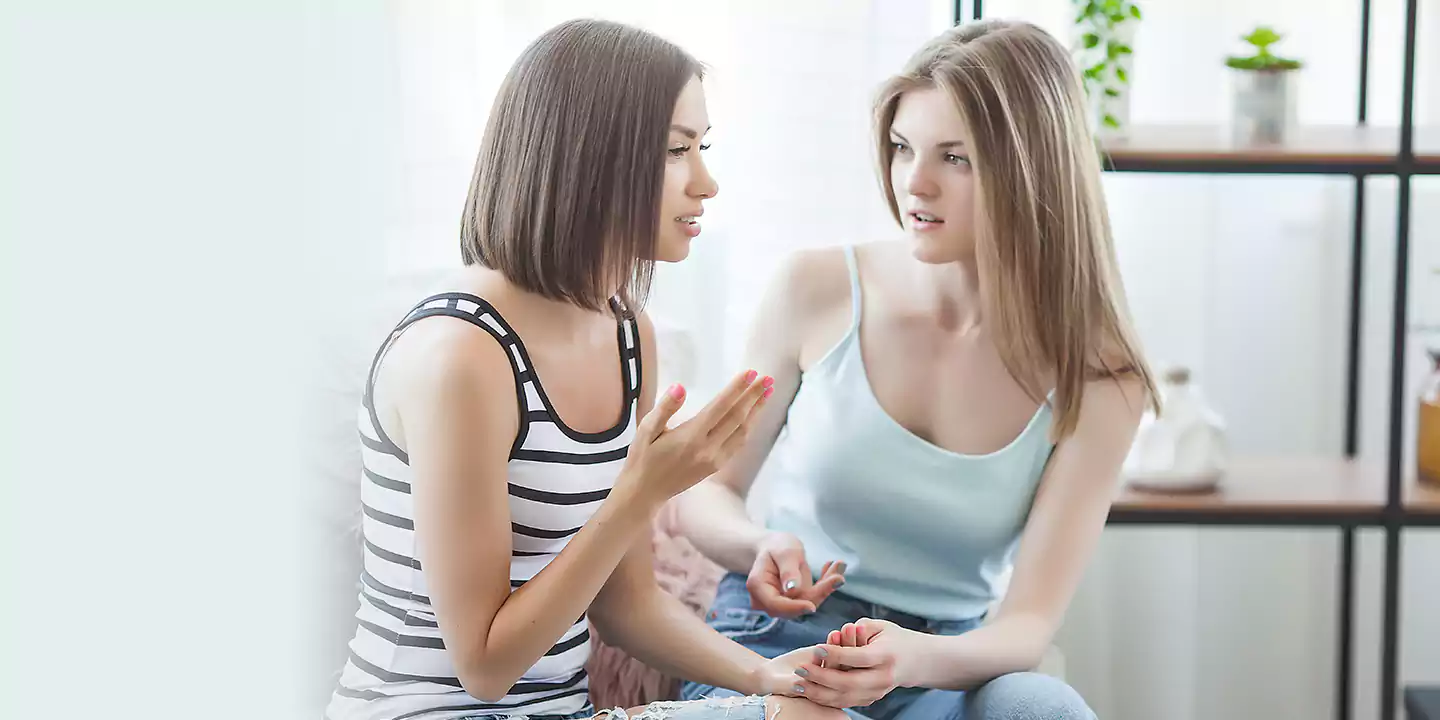
Subserosal Fibroid is one of four types of fibroids that grow on the outside or outer wall of the uterus. It is a benign growth that may be attached directly to the uterus, also known as pedunculated fibroid. Sometimes, they might be responsible for symptoms like pelvic pain, back pain, bloating, sciatica, and constipation. Many women may realize they have the condition and may not experience symptoms, while others can experience bulk subserosal Fibroid symptoms. If you experience the condition’s symptoms and wish to get relief, contact the best gynecologist at QUEEN’S GYNECOLOGY.
In this Article
- 1 What is a Subserosal Fibroid?
- 2 Common symptoms of subserosal fibroid
- 3 Complications linked with subserosal uterine fibroid
- 4 Causes of subserosal fibroid
- 5 Diagnose the subserosal fibroids.
- 6 Subserosal uterine fibroid – the treatment
- 7 Other treatment options
- 8 How QUEEN’S GYNECOLOGY will help to treat the subserosal uterine?
- 9 Conclusion
- 10 FAQ’s
What is a Subserosal Fibroid?
Subserosal uterine fibroid is a benign tumor that develops at the outer surface of the uterus. These are attached to the uterus directly by thin stalks and vary in size and grow on various parts of the uterus. All types of uterine fibroids are noncancerous and, thus, are rarely dangerous. Subserosal fibroid symptoms can be many, and if you begin to notice that the best way to get rid of them and to live a quality life is to consult the best fibroids specialist in Delhi at QUEEN’S GYNECOLOGY. Though it is noncancerous, it is affected by the ovarian hormone estrogen; when it increases in the body, the tumor enlarges, specifically during pregnancy.
Common symptoms of subserosal fibroid
Women generally visit the gynecologist because they feel their abdomen is enlarged or feel heavy in the lower abdomen, they feel pain in the part of the lower abdomen, and if the pain is severe, you can agave the possibility of an inflammatory complication, also some symptoms occur because of the compression if tumor to each part. Every women’s fibroid symptoms may vary and depend upon
- Size of fibroids
- Body type and personal factors
- Number of fibroids
Subserosal fibroid symptoms are different as it develops inside the uterus. The main difference is the impact on nearby organs, and thus, some common symptoms are:
Bloating
- Abdominal pain
- Feeling of fullness
- Frequent urination
- Lower back pain
- Pain during intercourse
- Long term anemia
Related Blog: Do Fibroids Cause Infertility And Affect Your Pregnancy?
Complications linked with subserosal uterine fibroid
Never ignore the condition’s symptoms, as it can cause many consequences at every stage with varying degrees of danger. It is better to consult the specialist when you notice the above-listed symptoms because, if left untreated, it can cause many consequences for both nonpregnant and pregnant women.
- Complications for nonpregnant women
In nonpregnant women, subserosal fibroid can cause menorrhagia, hypermenorrhea, and menstrual cycle disturbance, which is the main reason for blood loss. The condition also changes general body conditions, and patients feel more tired, persistent pale, and increased pain during intercourse, as well as psychological effects. In some cases it can lead to reduced fertility.
- Complications for pregnant women
For pregnant women, the complication is anger, birth, and miscarriage. Tumor compression affects the formation and development of the fetus. Bleeding in pregnant cats is also a chance, and fetal malfunctioning can also be experienced.
Causes of subserosal fibroid
However, the causes of fibroids are still unknown. There are a couple of factors that make a person more prone to develop them :
Hormones can make a person more prone because the ovaries produce estrogen and progesterone, which causes the uterine lining to regenerate during the menstrual cycle and stimulate the development of fibroids.
- Family history is another actor as fibroids run in the family, and a; the person may have more chances to develop,
- If a person is more than 30 years of age or older, they are more prone to developing fibroids.
- Is a person who has a high body weight?
Related Blog: 6 tips to get relief from Uterine Fibroids
Diagnose the subserosal fibroids.
Fibroids may be diagnosed for the first time during a normal pelvic examination. After that, several tests are recommended that could accurately reveal the fall details of the fibroids. Gynecologists at QUEEN’S GYNECOLOGY may perform some of the below diagnostic procedures to know the type of fibroids before starting treatment:
- Blood tests
- Ultrasound
- CT SCan
- MRI
- Hysteroscopy
- Laparoscopy
Subserosal uterine fibroid – the treatment
Subserosal fibroid removal is needed to alleviate painful symptoms and to avoid complications. The expert doctor will use Uterine Fibroid Embolization treatment, a non-surgical removal process to treat fibroids. The procedure uses advanced technology to shrink fibroids and is an outpatient procedure. A specialist at QUEEN’S GYNECOLOGY will locate the affected artery by imaging ad inserting a tiny arterial catheter and then inject embolic material into the artery to stop blood flow. When the fibroids lose blood supply, it shrinks and dies. The best part is that it is minimally invasive and used to shrink fibroids, allowing shorter recovery time than surgery. Also, the recovery time of the method is reduced ad offers many advantages over the surgical process. It helps to preserve the uterus, and thus, it is the best option chosen.
Other treatment options
The doctor may also suggest other treatment options to deal with the condition, like a subserosal uterine fibroid. The most common surgical option to treat the condition is a hysterectomy, which removes re uterus, and it is the solution that prevents a person from the future development of fibroids. But the complication is that the procedure permanently eliminates women’s ability to conceive in the future. Another option is myomectomy, which is the Roku that needs surgery and the best subserosal uterine fibroid treatment. This procedure leaves the uterus intact and removes fibroids directly through incisions in the abdomen; it preserves Hutus and is effective at removing fibroids. However, it does not prevent fibroids from growing again in the future. The proper treatment option suggested will depend upon the size and location of the fibroids and also on the personal preferences of the patient. It is best to consult a fibroids specialist at QUEEN’S GYNECOLOGY to discuss the best treatment option.
How QUEEN’S GYNECOLOGY will help to treat the subserosal uterine?
If you experience the above-listed symptoms, then an expert gynecologist can help. QUEEN’S GYNECOLOGY offers both non-surgical and surgical treatment options for uterine fibroids. The clinic is known for the fibroids treatment in Delhi; however, treatment depends upon the intensity of symptoms, patient preferences, and overall safety. The fibroids specialist mainly prefers a minimally invasive approach to improve patients’ overall quality.
Conclusion
Any uterine fibroids can be prevented, but as per experts, specific lifestyle changes can help to reduce your chances of developing them. If a person does not experience subserosal fibroid symptoms, no treatment is needed as it may go away on their own if estrogen levels in the body decrease. This mainly happens during menopause but may also occur due to some medications. For those with problematic symptoms, fibroids treatment includes medications or surgery. QUEEN’S GYNECOLOGY offers surgical and non-surgical subserosal fibroid uterine treatment options in Delhi. However, there is no single treatment for fibroids, and it depends upon the condition, the severity of the problem, and patient preference.
FAQ’s
Women with fibroids over 3 cm in diameter that cause symptoms like pain or pressure but they wish to retain the uterus may also consider a myomectomy.
Fibroids are small growths inside the uterus and are expected, with about 1 in 3 women are suffering from them. Mostly tether is unnecessary for fibroid removal, and they often finish on their own, particularly post-menopause.

























































